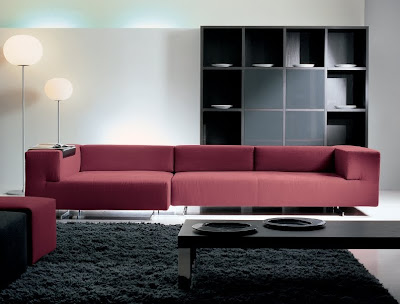When you have bought your handmade solid oak furniture, you should know how to care for it properly. Besides the obvious ‘handle with care’ when moving your furniture, do not drop it from a great height and so on, here are a few tips that we mention to our clients to help them care for the furniture that we make for them.
Solid wood furniture needs to be waxed with natural beeswax regularly. The traditional thick ‘paste’ lightly applied with a soft rag (old towelling) is best, or a natural spray on is quite adequate, but silicon spray is not suitable as it does not feed or nourish the wood, but merely puts a slippery shiny surface on the wood.
Timber should be dried as closely as possible to the moisture content of the room that it is going into, minimizing movement in the timber. Cells will expand or shrink across their girth (not length) as they take on or loose moisture until they balance with their surroundings, and reach ambient (this is why doors stick in the winter). The British standard for kiln dried timber is 12%, plus or minus 2% (that’s the timber merchants’ job). If the room is very damp, then the wood will swell, ‘blowing’ joints apart, while too low and the wood can shrink causing tension in the timber and possibly splitting.
Hot coffee cups, red wine rings, watermarks from vases which mark polished surfaces are often repairable, while cigarettes and sharp edges can often cause irreparable damage. Highly skilled furniture polishers can remove small marks and scratches, wine rings and water marks and it is best to hunt for a local polisher in the yellow pages, than attempt removing the mark yourself, and ending up with a bigger problem. You should ask your furniture maker how durable the surface finish he uses is, or what else he would like to use to increase the durability to make it more suitable for your purpose. Although not as durable, we have noticed a recent trend going back to the natural finishes, such as oils and waxes, rather than the manmade lacquers, which tend to be sprayed on.
Furniture should be kept away from direct sunlight, as it will cause to wood to fade (or even shrink). A table left in direct sunlight with a fruit bowl in the centre for sometime will end up with a darker area under the fruit bowl. If a sideboard is put in front of a window, then it’s worth drawing the curtain or blind during the worst part of the day.
Inevitably your furniture will age, taking the odd knock and dent as it becomes an antique, gaining patina from a build up of wax polish mixed with dust, creating darker areas in the corners and lighter areas in the high spots. You should also be aware that over time, light woods darken, and dark timbers lighten, so you natural English oak four poster bed will darken to a Tudor oak colour, and your deep brown, almost black English walnut dining table will gradually turn into a honey colour.

No comments:
Post a Comment